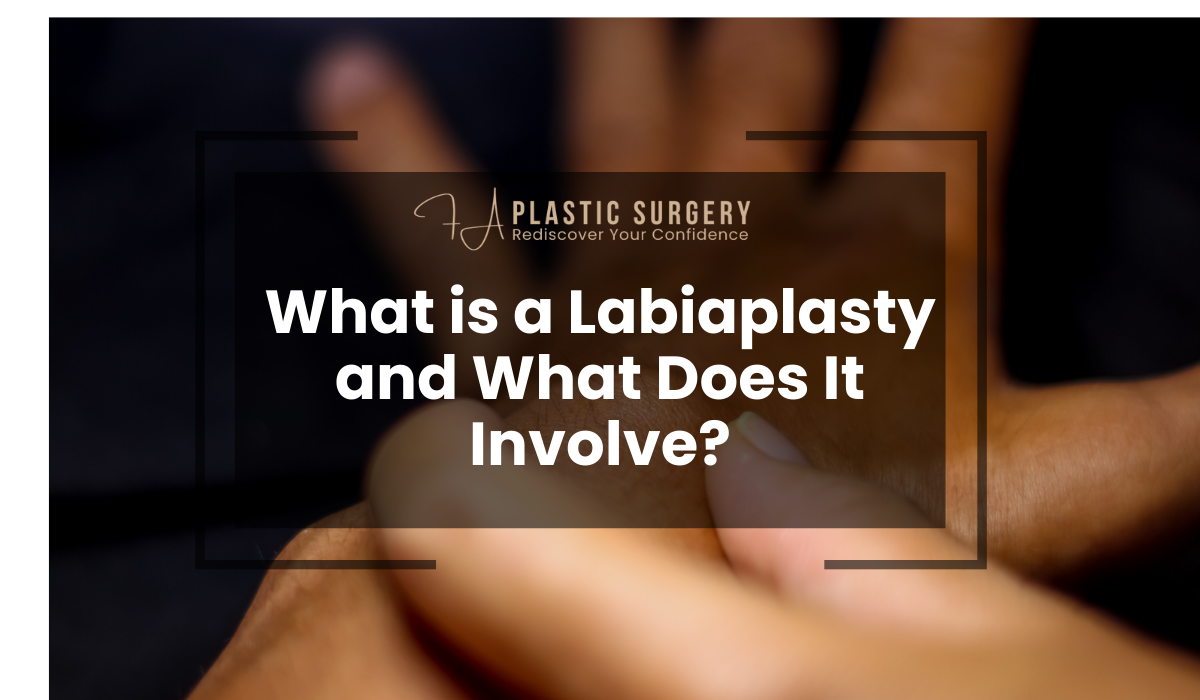Frequently Asked Questions (FAQs)
Q: How long does the procedure take?
A: Labiaplasty typically takes one to two hours, depending on the complexity of the surgery.
Q: What is the recovery time?
A: Most patients can return to work within a week, but full recovery and resumption of all activities, including sexual intercourse, may take up to six weeks.
Q: Are there any risks or complications?
A: As with any surgery, there are risks, including infection, bleeding, scarring, and changes in sensation. However, these are rare when performed by a qualified surgeon.
Q: Will labiaplasty affect sensation?
A: Most patients do not experience any change in sensation, though some may notice temporary numbness during the healing process.
Q: Is labiaplasty covered by insurance?
A: Labiaplasty is typically considered a cosmetic procedure and is not covered by insurance unless it is deemed medically necessary.
Q: How soon can I exercise after labiaplasty?
A: Light activities can usually be resumed after a few days, but strenuous exercises and activities that put pressure on the surgical area should be avoided for at least six weeks.
Q: Can labiaplasty be combined with other procedures?
A: Yes, labiaplasty is often combined with other cosmetic surgeries such as vaginoplasty or liposuction for a more comprehensive makeover.
Q: How do I choose a qualified surgeon for labiaplasty?
A: It’s important to select a board-certified plastic surgeon with extensive experience in labiaplasty. Check reviews, ask for before-and-after photos, and have a detailed consultation to ensure you feel comfortable with the surgeon’s expertise.
Q: What should I expect during the initial consultation?
A: During the consultation, your surgeon will discuss your goals, evaluate your anatomy, explain the procedure, and provide pre- and post-operative instructions. This is also the time to ask any questions and discuss any concerns.
For more detailed information, you can visit Foiz Ahmed’s Labiaplasty page. To contact for consultation, visit Foiz Ahmed’s Contact page.
Labiaplasty can significantly improve both the physical comfort and self-esteem of many women. If you are considering this procedure, consult with a qualified plastic surgeon to discuss your options and expectations.
Labiaplasty Surgery in Hertfordshire

